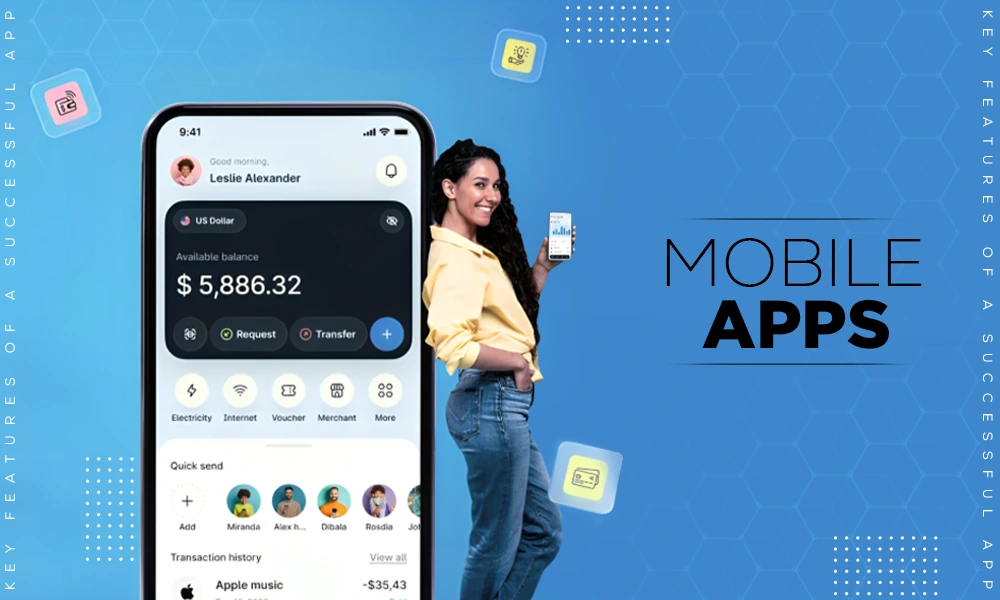Keep Visitors Engaged on Your Website with Visual Storytelling

Maintaining a compelling online presence in this digital era has become increasingly important, and storytelling can be a great way to get you started. With 68% of customers saying that brand stories influence their purchasing decisions, story-based web experiences have now become critical ways through which businesses create deeper and lasting connections with their audiences.

The Power of Storytelling in Web Designing
Storytelling can make your website more interesting as it helps users understand your site’s purpose and products in a more relatable and memorable way. This has become common, especially on eCommerce sites like online gaming platforms where users often make multiple purchases. By using animations and visually appealing theme designs to display products like Slingo online, these gaming platforms create lasting pictures of their sites in the minds of visitors.
Story-based web experiences can enhance brand storytelling and uniqueness. When customers can distinguish your brand from competitors, it’s a plus. This way, you can increase loyalty, as a study by The Brand Shop revealed that companies with compelling brand stories increased their loyalty by 20%. Giant companies like Amazon are already implementing this through their strong brand narratives that focus on customer service and convenience.
Making navigating websites feel more like an adventure can be a great way to offer visitors immersive experiences that keep them on the site for more time. Consider, for example, a site featuring stories of people using or creating their products, adding a more personal element to the experience.
Understanding Your Audience
Sometimes, people impressed with your story will come to the landing page only to bounce off. Thanks to analytical tools like Search Console, you can now track a buyer’s journey, which is divided into three parts: awareness, consideration, and decision. These tools can help uncover critical insights like the type of elements users click on a page, where and how users scroll, etc.
Developing a deeper understanding of potential visitors helps brands create better and more inspiring stories. This information helps businesses to position themselves rightly before audiences. Considering how competitors craft their stories can be an effective way to ensure that your efforts are more targeted. This can be done by checking social media feeds, competitor websites, promotional campaigns, blogs, and so on.
Studying how other companies craft their storylines, characters, settings, etc, allows you to broaden your creativity. Different companies will have different ways of telling their stories. For example, Coca-Cola focuses on social issues like global warming, while Pepsi reflects a cultural display with the help of music.
Implementing Visual Storytelling

Starting your storytelling journey with a captivating value proposition helps to get the attention of visitors and sets the tone. By capturing your audiences’ dreams and aspirations, you create a connection that’s beyond mere transactions. This comes by understanding the needs and challenges of your visitors and presenting your brand as the solution.
In most cases, the visitors you get often come with specific problems, seeking solutions. By getting to know the emotions behind their challenges, you can craft better stories. Utilizing a language that mirrors your audience can make the connection even more robust.
Maintaining consistency in visual elements like color schemes, typography, image style, and layout helps create a cohesive narrative that guides visitors through the website seamlessly. This reinforces brand identity and ensures that the storytelling remains clear and impactful across different pages and sections of the website. By paying attention to the placement and hierarchy of visual elements, designers can ensure they support the narrative flow and draw attention to key messages or calls to action.
Concise and compelling copywriting can supplement storytelling. While visuals evoke emotions and capture attention, well-crafted copy provides context, elaborates on key points, and guides the audience through the narrative. By combining compelling visuals with engaging copy, designers can create a rich storytelling experience that resonates with visitors on multiple levels.
Incorporating Interactive Elements
Incorporating interactive elements into visual storytelling can further enhance user engagement and immersion. Interactive features such as parallax scrolling, sliders, and interactive infographics can captivate visitors and encourage them to actively explore the story. These elements not only make the storytelling experience more dynamic but also provide opportunities for visitors to interact with the content and participate in the narrative.
Optimizing visual storytelling for mobile devices is essential in today’s mobile-centric landscape. With over 58% of global internet traffic coming from mobile devices, ensuring that visual elements are responsive and load quickly on smaller screens helps to deliver seamless experiences. Designers can ensure optimal performance by prioritizing mobile-first design principles and testing the website across various devices and screen sizes.
In a digital landscape where everyone is eyeing users’ attention, visual storytelling offers a powerful way to cut through the noise and make a meaningful impact on your audience. By crafting compelling narratives through high-quality visuals, you can engage visitors, build brand loyalty, and ultimately drive conversions on your website.










